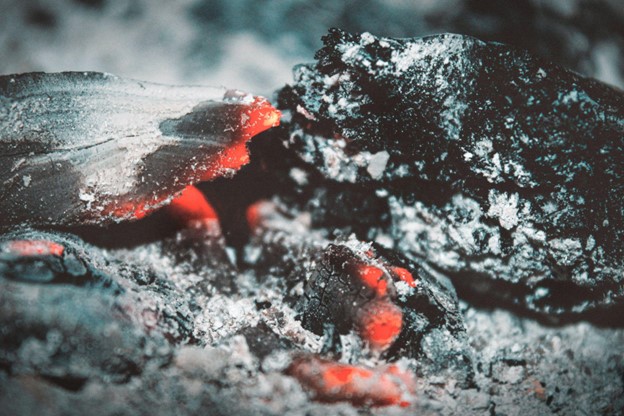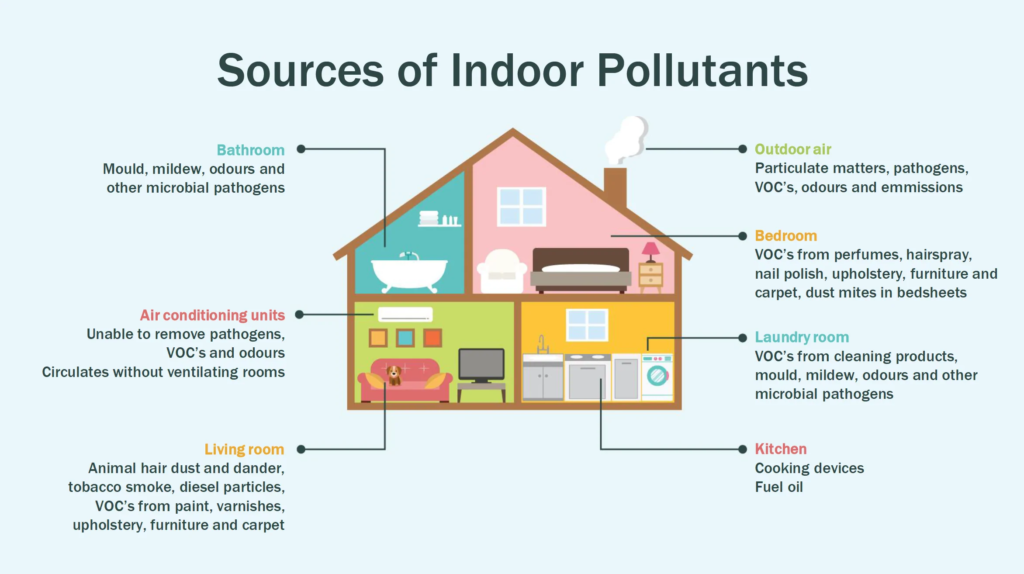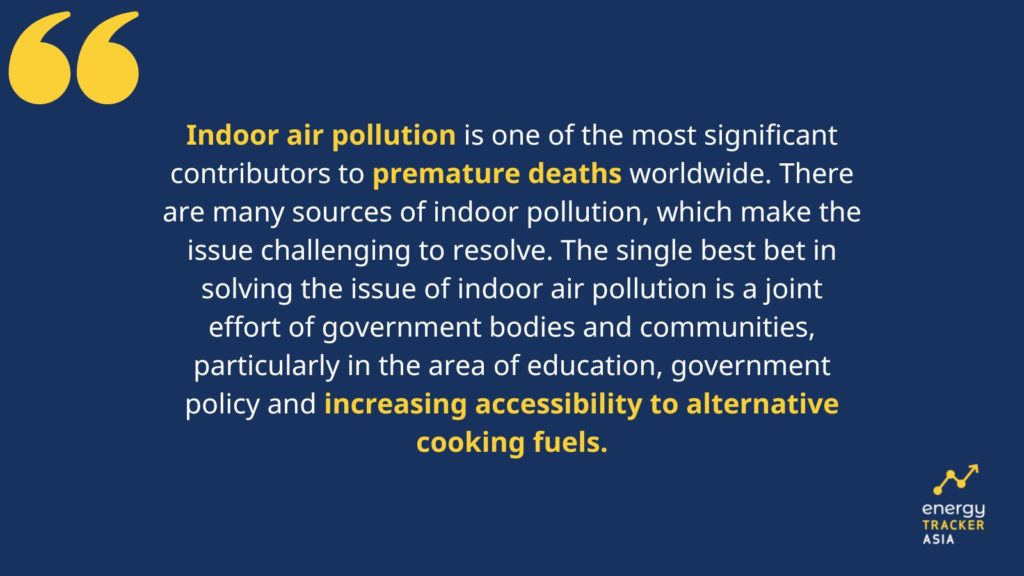Indoor Air Pollution – What a Household Can Do?
Source: Vox
08 September 2022 – by Eric Koons
Indoor air pollution is one of the most significant contributors to premature deaths worldwide. The health impacts from household air pollution and poor indoor air quality widely skew towards developing countries, which have much lower access to clean cooking fuels than the developed world. With that being said, over the last three decades, there has been an overall decrease in deaths associated with indoor air pollution.
Generally, there are many sources of indoor pollution, just like outdoor air pollution, which makes the issue challenging to resolve. It is impossible to eliminate all the sources, so finding ways to reduce pollution rates easily is key.
In fact, the single best bet in solving the issue of indoor air pollution is a joint effort of government bodies and communities. This includes education, government policy and increasing accessibility to alternative cooking fuels.

Effects of Indoor Pollutants
Air pollution and health are related to each other. Indoor air pollution comes in many forms, and each type carries its own risks. The effects of these compounds range from cardiovascular irritation to lung cancer to chronic obstructive pulmonary disease. Regardless, the vast majority of indoor air pollution is harmful, particularly for children and people with preexisting health conditions. The World Health Organization said that 3.2 million people died in 2020 from household air pollution. This is exemplified by the fact that indoor air pollution causes 4.1% of premature deaths globally.
Examples and Sources of Household Air Pollution
The most common sources of indoor air pollution include:
- air moisture and condensation,
- asbestos,
- biological pollutants,
- carbon monoxide,
- fireplaces and chimneys,
- formaldehyde/pressed wood products,
- indoor particulate matter,
- indoor smoking (tobacco products as air pollution sources)
- lead,
- nitrogen dioxide,
- pesticides,
- PM particles,
- radon,
- stoves and heaters,
- and volatile organic compounds.
The Four Main Indoor Air Pollutants & Their Environmental Impacts

1. Particulate Matter (PM) particles
PM particles are solid or liquid particles found in the air. They can cause severe immediate and long-term health impacts. These particles come in varying sizes, from visible matter to particles smaller than 2.5 micrometres in diameter.
Smaller particles are typically the result of combustion, like burning solid fuels for cooking, and pose a far larger health risk than their visible counterparts. Small particles can pass many of the body’s natural defences, like mucus, and reach the lungs. From the lungs, they often enter the bloodstream and can become trapped in the body. As a result, extended exposure to PM can cause cardiovascular and respiratory health issues.
2. VOCs: Volatile Organic Compounds
Aerosols, pesticides, paints and fragrances release volatile organic compounds (VOCs). The health effects are variable due to the diversity of VOCs. However, typical immediate effects include symptoms similar to asthma, irritation of the upper airways and a runny nose. Long-term exposure to highly toxic VOCs can lead to serious health concerns like cancer and organ damage.
3. Air Moisture and Condensation
Moisture is always present in the air and is necessary for normal bodily function. However, air that is too dry or moist can cause respiratory problems.
Another concern is that moisture condenses on surfaces, leading to mould growth. The issue is even more pronounced in rooms where cooking occurs, as small amounts of food particles are emitted into the air and are a good food source for microorganisms. Mould contains a whole other host of health concerns.
4. Carbon Monoxide
Carbon Monoxide (CO) is a common pollutant. It is formed through the inefficient burning of organic compounds – like natural gas. Natural gas cooking is a leading cause of CO health issues in homes. In immediate terms, CO poisoning can be deadly, as it binds to red blood cells instead of oxygen. Even more concerning, chronic CO exposure is associated with reduced cardiovascular function.
Solutions: How To Reduce Indoor Air Problems
As the list of pollutants and their sources is so extensive, it is important to also pay attention to some available solutions to reduce indoor air pollution. Generally, the best solution is to avoid producing pollutants in the first place, but considering their prevalence in every home, this is easier said than done. Nevertheless, solutions for indoor air pollution exist:
- Reduction: Reduce the number of pollutants released. One way to do this is by substituting coal, wood and natural gas stoves with electric alternatives. Additionally, the same goes for heating and cooling, as well as energy generation. For example, electric systems like heat pumps, geothermal energy and solar collectors are viable alternatives.
- Ventilation: The best and the cheapest of all, ventilation reduces the concentration of harmful indoor air pollutants.
- Air filtration: A number of companies offer products that effectively remove most of the pollutants found in the air, mainly through HEPA filtration.

The Global Energy Transition Will Improve Indoor Air Quality
Indoor air pollution is a concerning global health issue that directly and indirectly leads to over 4 million deaths annually. However, these impacts can be minimised with proper precautions.
The issue’s root is a lack of education on the topic, which requires government investment to reach those most impacted – particularly in the developing world. Ultimately, a systematic change in household energy sources is needed.
On a global scale, reducing air pollution ties directly into the global energy transition. Therefore, emissions will decline as the world shifts away from fossil fuels, and access to pollution-free energy will rise.

by Eric Koons
Eric is a passionate environmental advocate that believes renewable energy is a key piece in meeting the world’s growing energy demands. He received an environmental science degree from the University of California and has worked to promote environmentally and socially sustainable practices since. Eric’s expertise extends across the environmental field, yet he maintains a strong focus on renewable energy. His work has been featured by leading environmental organizations, such as World Resources Institute and Hitachi ABB Power Grids.
Read more